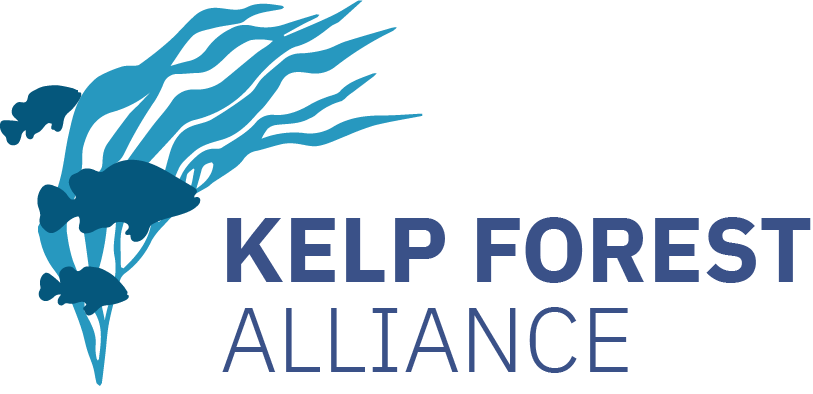This guidebook aims to synthesize knowledge from global experts from a diverse set of backgrounds and experiences in the field and provide recommendations and pathways that can be applied by local restorationists in order to achieve their unique objectives for kelp restoration. Kelp restoration is a long term, multifaced venture that influences many different ocean users. We therefore encourage readers and restorationists to consider all the elements of the restoration process that have been outlined here and work to make restoration a holistic process.
Following this guidebook does not guarantee project success but can help ensure that restorationists are well informed about the options available to them and how various approaches have been applied in projects to date. The fundamental elements of kelp restoration will not change, but the methodological approaches will almost certainly be further adapted and improved as the field continues to evolve. As such, more information will continue to become available, and users should stay informed as to the latest updates and lessons learned from restoration projects.
We encourage users of this guidebook to engage with the global kelp forest restoration community, document and share the outcomes of their project(s), and view newly available information about restoration at the Kelp Forest Alliance website (kelpforestalliance.com). As kelp forests continue to face threats and suffer declines from climate change and human impacts, the role of kelp restoration in securing a future for these important marine ecosystems will only grow. Further collaboration and knowledge exchange between restorationists can help ensure growth in the field and enhance kelp forest restoration around the world.




